The Secret to Successful Catfish Farming: Avoid Mistakes, Solve Problems, Maximize Profits
By. Azizah - 18 Aug 2025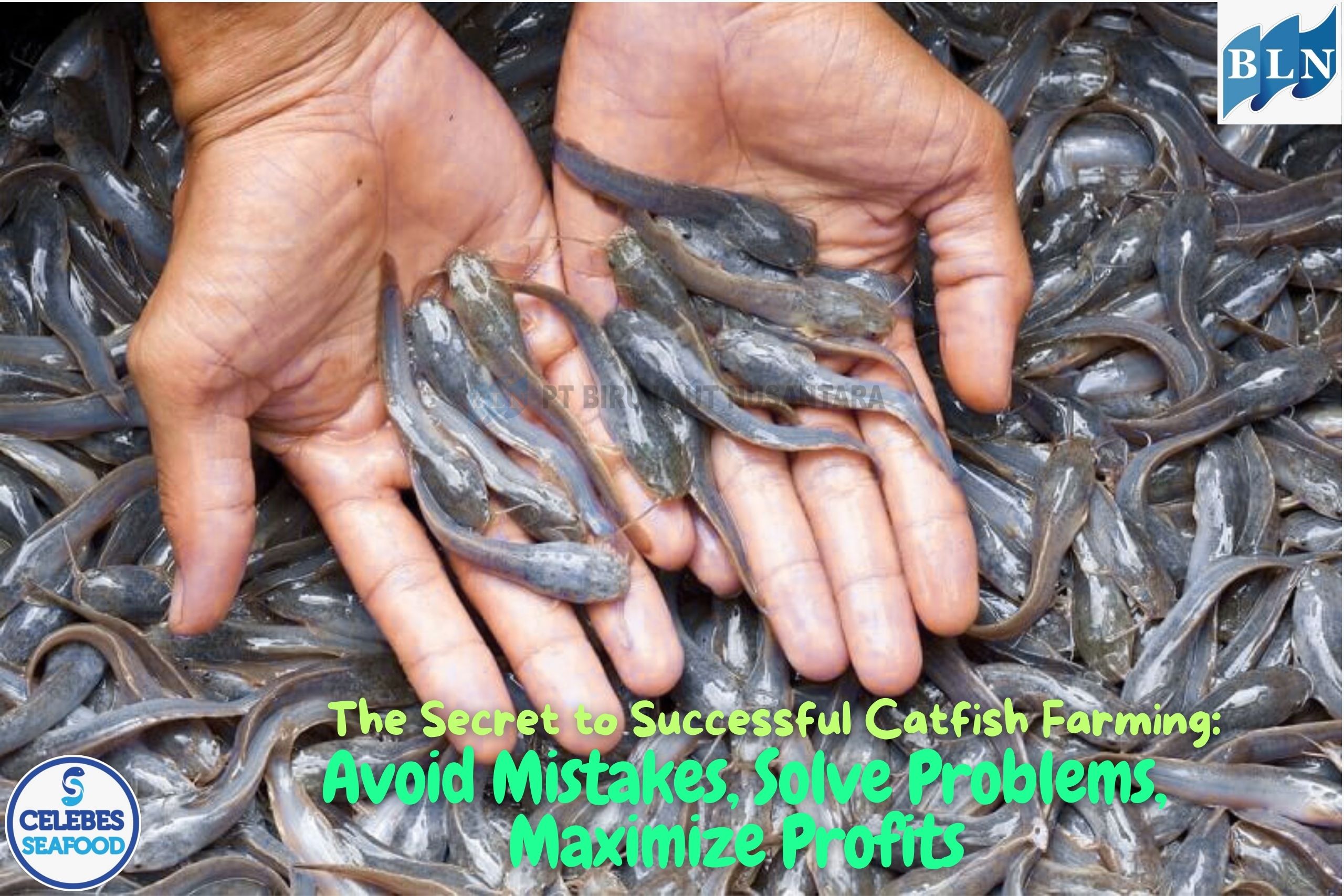
lautnusantara.comCatfish farming is one of the most popular freshwater aquaculture businesses in Indonesia. With high market demand and relatively stable prices, it offers promising business opportunities. However, many farmers experience crop failures due to a lack of understanding of basic techniques and proper management.
This article discusses the secrets to successful catfish farming by highlighting common mistakes to avoid, solutions to overcome problems, and strategies to maximize profits.
Common Mistakes in Catfish Farming
-
Poor Water Quality
Polluted, foul-smelling, or contaminated water can cause stress and disease in catfish. -
Improper Seed Selection
Weak, deformed, or uneven-sized fry often result in high mortality rates. -
Overstocking
Putting too many fish in one pond causes competition for oxygen and limited space to grow. -
Unbalanced Feeding
Overfeeding leads to leftover feed that decays, while poor-quality feed slows fish growth. -
Poor Pond Management
Neglecting regular cleaning, circulation, or aeration reduces water quality significantly.
How to Overcome Catfish Farming Problems
-
Maintain Water Quality
-
Replace 20–30% of pond water regularly.
-
Use aerators or pumps to ensure proper oxygen circulation.
-
Avoid using water contaminated with waste.
-
-
Choose High-Quality Fry
-
Select healthy, active, and uniform-sized fry.
-
Acclimatize them properly before stocking.
-
-
Regulate Stocking Density
-
Maintain an ideal density of 100–150 fish per square meter for tarpaulin or concrete ponds.
-
-
Provide Nutritious Feed
-
Use feed containing 28–32% protein.
-
Feed 2–3 times daily according to fish needs, without overfeeding.
-
-
Pond Maintenance
-
Remove sludge and leftover feed regularly.
-
Add probiotics or water supplements if necessary to stabilize water quality.
-
Tips for Profitable Catfish Farming
-
Record All Production Costs → Including feed, fry, electricity, medicine, and pond maintenance to calculate profits clearly.
-
Research the Market Before Harvest → Secure buyers such as traders, restaurants, or collectors in advance.
-
Use Modern Technology → Biofloc systems or Recirculating Aquaculture Systems (RAS) improve feed efficiency and water quality.
-
Monitor Fish Health Regularly → Watch for changes in behavior, body color, and feeding response to detect diseases early.
-
Be Consistent and Disciplined → Routine and systematic management is the key to long-term success.
If you are interested in our OCTOPUS WHOLE CLEANED BALL TYPE, OCTOPUS WHOLE CLEANED FLOWER TYPE please do not hesitate to contact us through email and/or whatsapp.

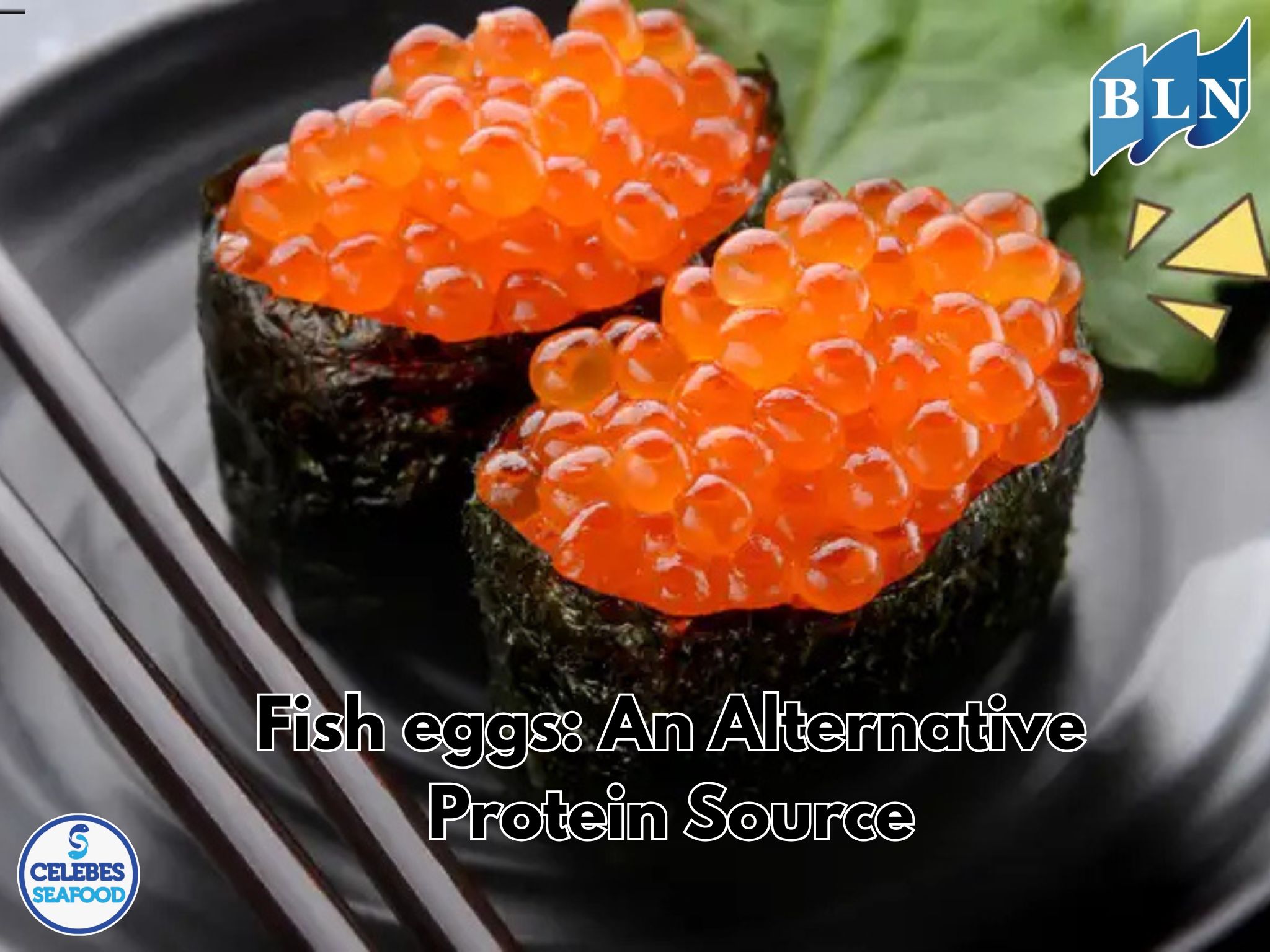
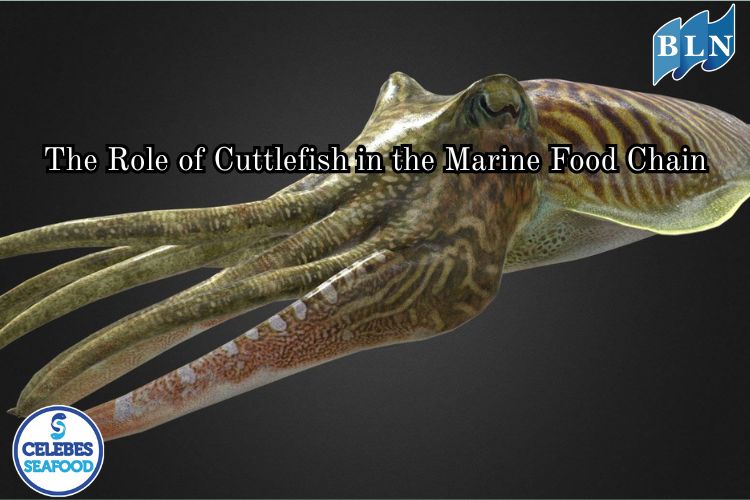

 in Fish and Shellfish in Coastal Areas.jpg)
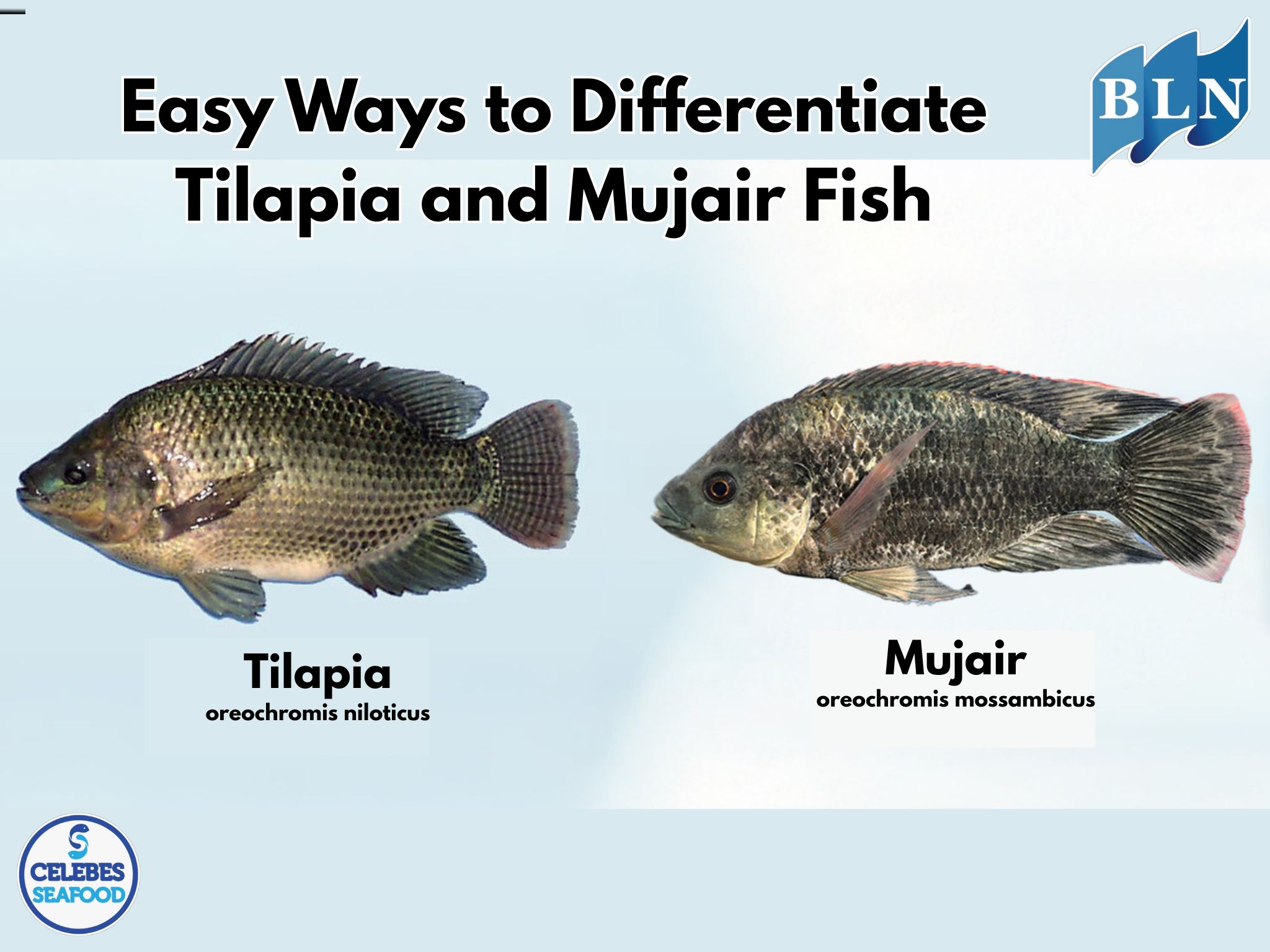
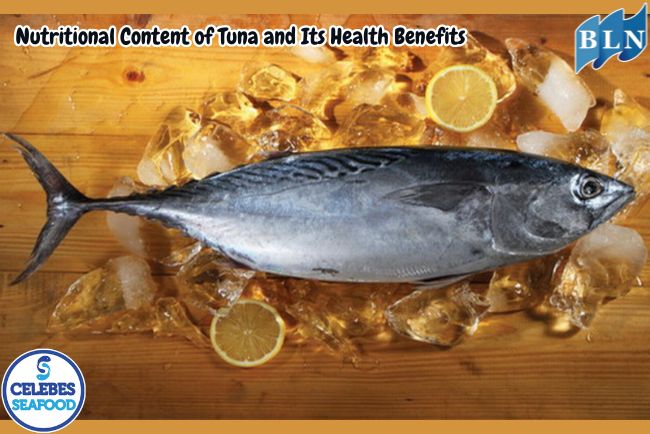
.jpg)